China was once known globally for having one of the most favorable intercountry adoption programs. The one-child policy, which made having surplus offspring a criminal offense, led to a large number of unwanted infants in need of succor. Since international adoption first started in China in 1992, there have been over 70,000 immigrant visas issued by the US consulate in Guangzhou to orphans adopted by American citizens, who are one of the most significant adopters of Chinese kids.
However, as the PRC’s adoption program grew more widely known, the government felt it was necessary to introduce more stringent rules, in order to protect youngsters being taken overseas. Since May 1, 2007, prospective parents must meet several criteria regarding marital status, age, mental and physical health, income, education, family size and even weight.
Notwithstanding this change, American families alone still adopted a staggering 2,025 children from China in 2014, accounting for more than a third of all international adoptions to the US, according to the State Department’s FY Annual Report on Intercountry Adoption.
Adoption has always been a complicated issue, even within a nation’s borders; when it comes to overseas adoption, it is even more so. For the adoptive parents, the process can be as pricy as it is lengthy, and the post-adoption period even more demanding, whereas for the adoptees, the wrestle with identity may be their most significant struggle in life.
“I was not interested in being Chinese or anything Chinese when I was younger. My mother tried to push the Chinese culture and roots at me. She would have me take erhu classes.”
May Truax, a kindergarten teacher in Guangzhou, was adopted at 3 years old in 1998 by Peggy Truax, a medical assistant from Colorado, from the Liandu Children Welfare Institute, Zhejiang province. “When I was younger, I had a really hard time with adoption. Where I lived, everyone is very white, blond and blue eyed. There weren’t many Chinese or Asians around. So it was very hard with identity,” says May, who first came back to China at 15, when she began to feel the importance about accepting her Chinese roots and heritage.
“I was not interested in being Chinese or anything Chinese when I was younger. My mother tried to push the Chinese culture and roots at me. She would have me take erhu classes.”
Ian Garcia can sympathize. The Floridian says his younger sibling Gabby, adopted in 2003 from the Zhuzhou Children Social Welfare Institute in Hunan province, is also sensitive about her origins.
“My sister is 13 and she’s very much not interested in China, because she wants to be her own person and doesn’t want to be defined by her Chinese heritage,” remarks Ian. “I don’t think when they are younger they realized how amazing it is to be a part of two cultures.” 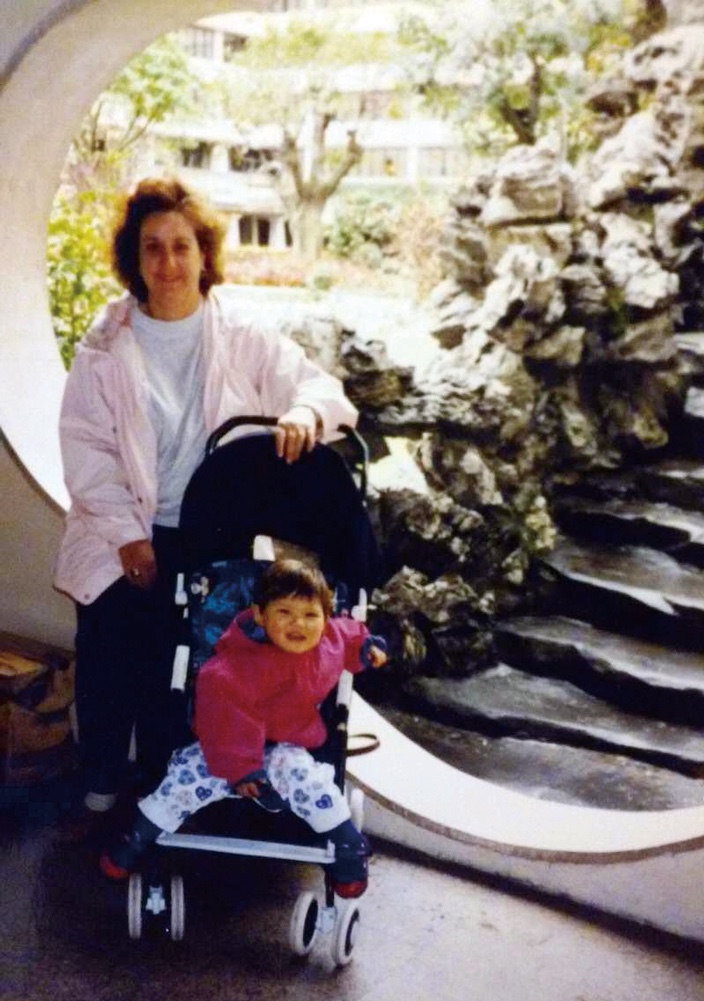
Gabby hasn’t felt the urge to visit China and steers clear of China-related subjects, he says. “Sometimes when she talks with me, she feels like the Chinese takes away from her personality. People are more interested in that she’s Chinese than in who she is as a person. She doesn’t like that.”
The case becomes even more complex if the adoptees have reached an age where they have learned to speak Chinese and harbor memories of growing up in China. There is the difficulty of leaving behind loved ones and the strenuous task of overcoming language barriers.
“I have friends who were adopted at 7 or 8. It is very hard for them because they remember their lives in China, and when they speak English, they still have a Chinese accent,” May says.
May, too, was already able to talk in Chinese when she was adopted, though she was too young to remember her life before America. Her adopted mother Peggy, however, still recalls their early interactions vividly.
Reminiscing of their time spent in a Chinese visa office, seeking permission for May to go to the US, Peggy recalls: “She started singing a nursery song that I knew, so we kept singing it together, she in Mandarin and me in French.”
“She would scream out a word I didn’t understand when she had to go to the bathroom, so I quickly learned that word,” she adds. “I tried to expose her to as much English as possible. Cartoons didn't work because the characters were too hard to understand. I have a lot of old musicals from the 40s and 50s, so I put those on. They spoke slower, had a story she could follow and had lots of singing and dancing.”
A nationwide survey published in 2008 by Social Science Academic Press (China) showed that there were 573,000 orphans in the country, a third of which received no financial aid.
At present, China has established intercountry adoption cooperation with 17 states: Finland, Spain, Belgium, Denmark, the Netherlands, the United States of America, Canada, UK, Norway, Sweden, France, Ireland, New Zealand, Australia, Iceland, Singapore and Italy. A single public charity organization, the China Center for Child’s Welfare and Adoption (CCCWA), is officially authorized to handle the process. Children are matched by the CCCWA with prospective adoptive parents whose completed applications have been submitted to the CCCWA by licensed adoption agencies in other countries.
The reasons people choose to adopt from China are varied. For Peggy Truax, it was her love for the country that spurred her to raise May. Stacy Garcia, on the other hand, was inspired by one of Oprah Winfrey’s talk shows to bring Gabby into the family.
In many cases, the sheer number of unwanted children in China plays a role. A nationwide survey published in 2008 by Social Science Academic Press (China) showed that there were 573,000 orphans in the country, a third of which received no financial aid.
Sadly, international adoption alone won’t solve a predicament that’s caused, to a large extent, by the persistent conviction that a son who is able to grow the family tree is more important than a daughter.
[Images courtesy of May Truax and Ian Garcia]
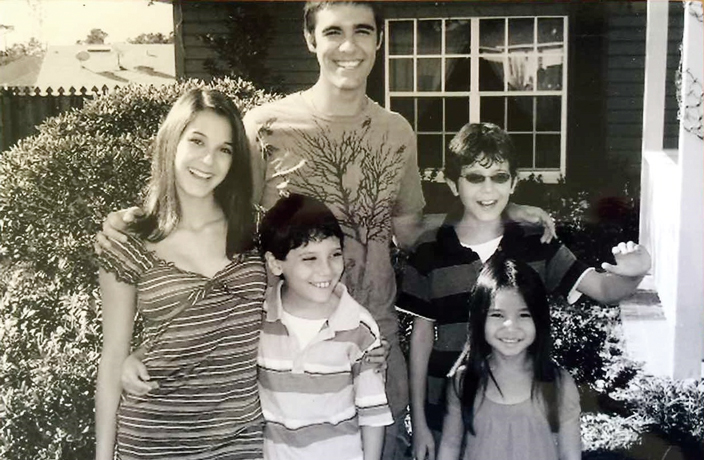




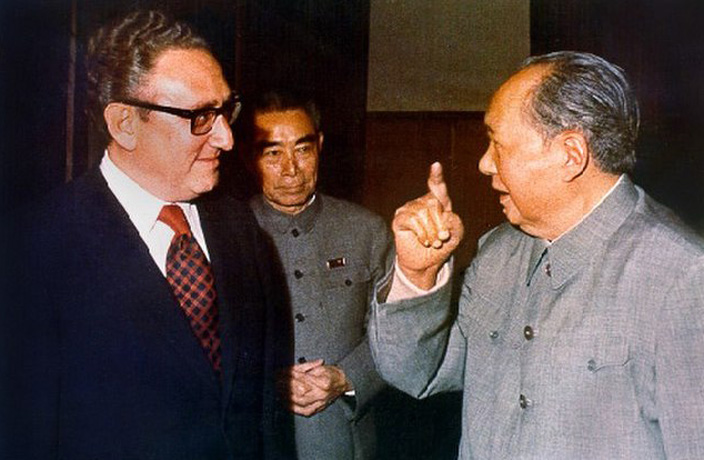
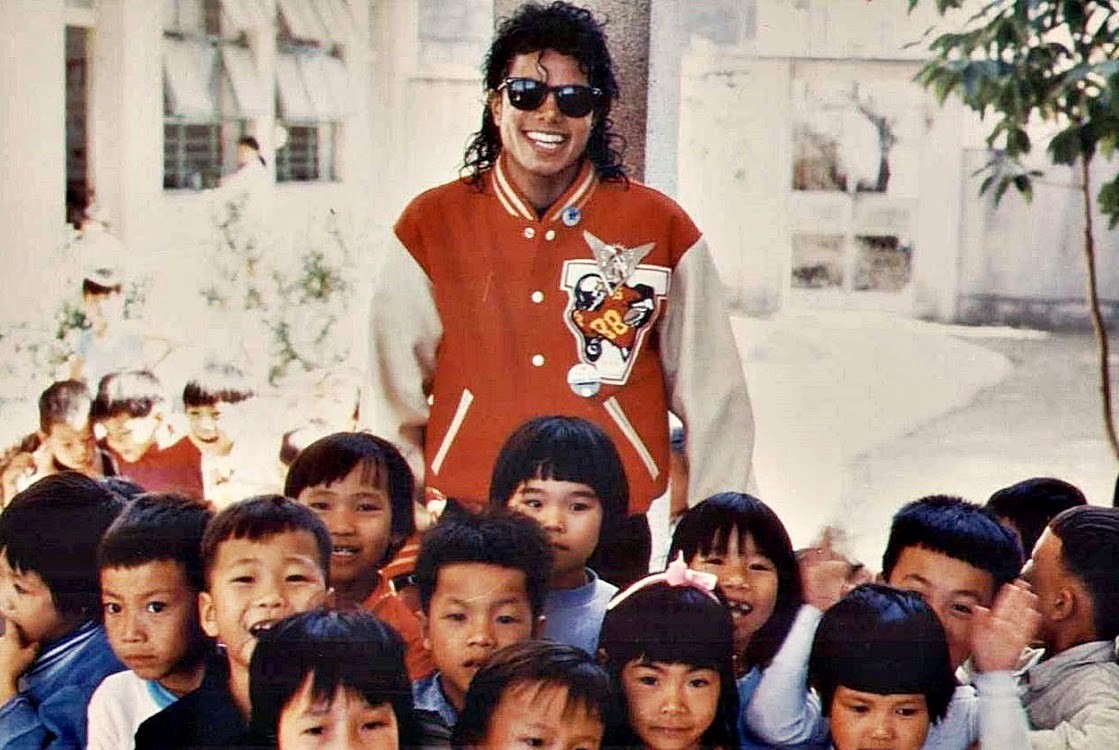
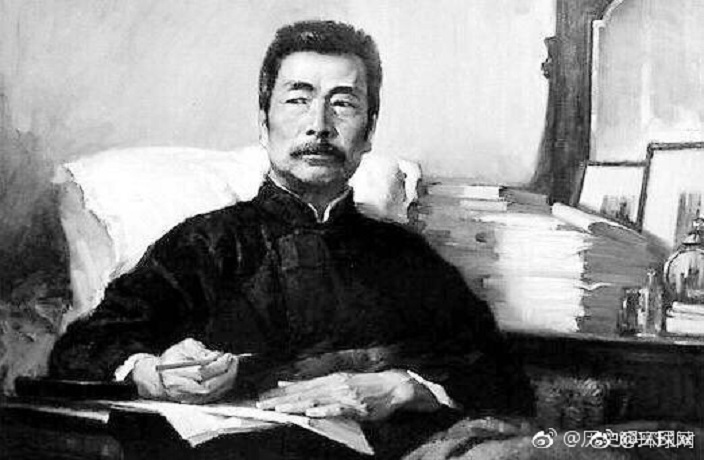













0 User Comments